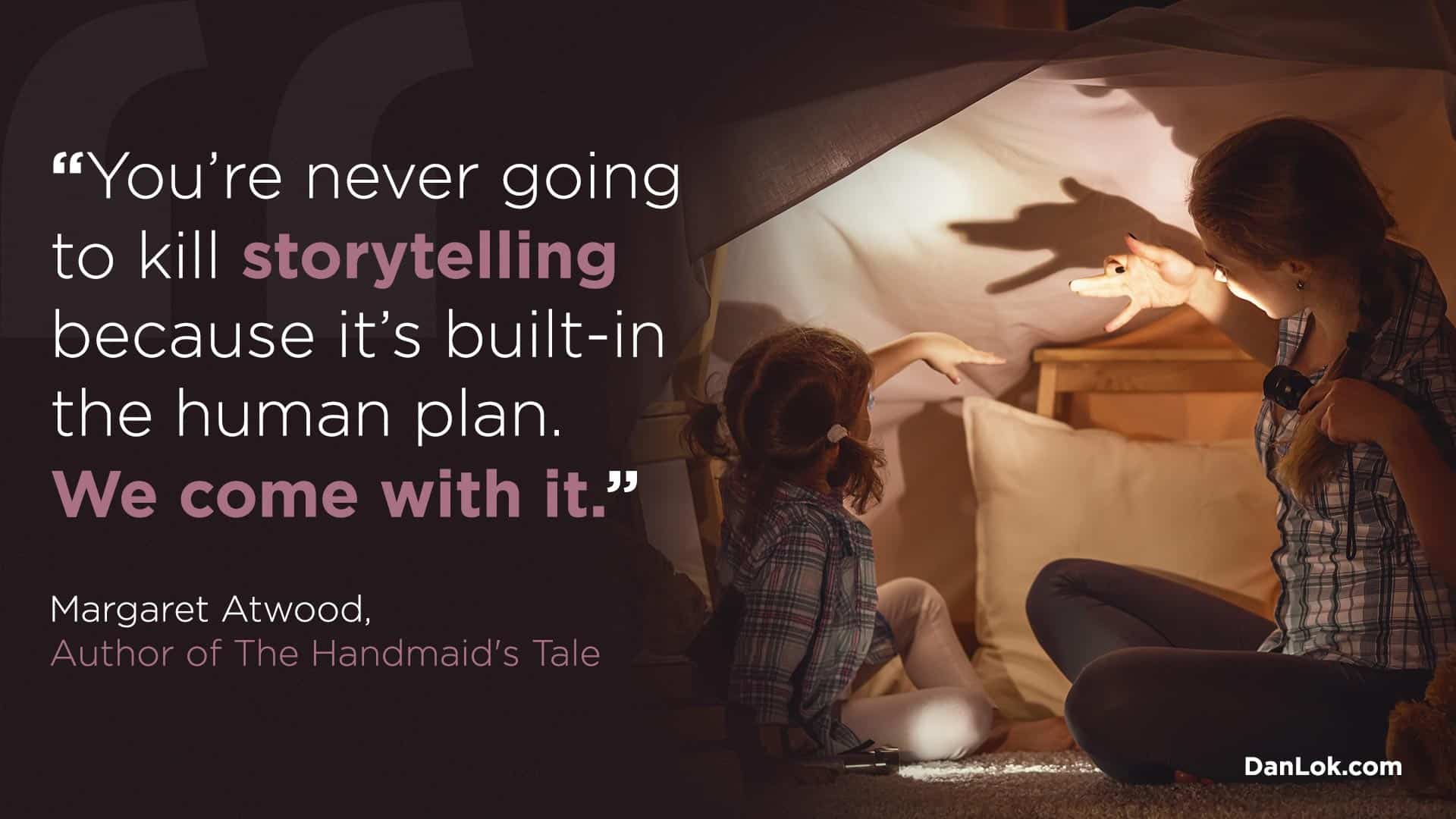Maybe you’ve just been screwed over by a business partner, someone that you trust, someone that you called a friend for a long time, or maybe you’ve been betrayed by someone that you care for. Someone you thought would never betray you and you feel hurt and you feel lost. Dan shares his experiences in the video below when his father was taken advantage of by a business partner, and how this eventually pushed him into getting into business. Keep reading if you want to learn how he overcame some of these things, and maybe it will help you as well.
Finding a compatible business partner is important for your business to thrive. To other people, they’re just another member of the company. But to you, they act as the right hand man behind every deal and decision made for your company’s growth. And not only do they help make decisions, but they fill in any gaps for uncertainties or questions you have along the journey. It’s not someone who comes and goes, but a partner who helps make your dreams a reality.
Determining the right business partner is not only necessary for success, but is mandatory for an accelerated business growth. According to a 2019 Inc. article entitled The 3 Elements of Successful Business Partners, “Some estimates show that up to 70 percent of business partnerships fail according to Paul Brunswick, co-author of Building Powerful Strategic Alliances. This means they can not only drain you of time and money, but they can also sabotage your business if you don’t choose wisely. Partnerships are built to be powerful, but that’s a double-edged sword.”
Dan understands how important choosing a business partner is, and he definitely knows how it feels to be betrayed by a partner who sabotages your company. If you’re fortunate enough to read this article before selecting a business partner, congratulations on thinking ahead and seeking out professional advice. And if you’ve been betrayed by a business partner already, then don’t worry. The goal of this article is to make sure it never happens again. Ready to find your dream business partner? Then read further.
A Business Partner With Purpose
Start off by identifying traits that make an effective partner. Think about it like conducting a job interview for a potential candidate. Would you go into the interview without a set list of traits and skills that you’re looking for in the individual? Probably not, and you most definitely need a set criteria for finding the right candidate.
Imagine the future vision for your company. Maybe it’s to own a fancy office, gross millions of dollars in revenue, or to present in front of world class stages introducing your ideas to the world. Whatever it is, dream big and picture your wildest vision. Now, what if you could make that a reality? How, you might ask? By realizing and filling in your flaws. And no, this is not meant to offend you.
Pretend you own a software company and have developed a new program that blows your competitors out of the park. You might be an amazing programmer, but you still wonder how to introduce and share your product to the marketplace. Because really, you have no idea how to gain traction for your product. So what do you do? Simple, you find a partner who knows the ins and outs of marketing and finance. You find someone who can fill in the gaps that you lack experience in.
You as a business owner have to realize that you cannot fulfill every duty. And you have to realize that it’s okay not knowing how to do something. As Manpreet Kaur once said, “Getting help doesn’t mean that you’re weak. It means you’re strong enough to admit you are tired of struggling.” So what does that mean for you?

Find A Partner To Fill Your Gaps
Take a look at your company and determine again which areas you excel in. Maybe it’s finance, marketing, video production or graphic design. Now, envision where your company is going to be in 10 years. Ask yourself, which roles and responsibilities do you need to fulfill that dream? Let’s say you’re a graphic designer providing services to the marketplace. If you have no accounting background, your best option is to find a partner who knows the ins and outs of numbers.
As your future progresses, you can be in charge of the graphic design division while your partner focuses on keeping your books in check. You might not see how impactful this is today, but the future will thank you with a position filled because of a smart decision you’ve made for filling in a gap. Remember, the right business partner will help you conquer anything. And what else is better way than finding someone who fills an empty void in your business?
A Partner With Skills
Although a business partner is needed for filling in the gaps, it’s important to ensure they’re capable of fulfilling their desired role. What’s the point of hiring a business partner who doesn’t perform as expected? So you might be wondering, “how can I ensure my partner is not a fraud, but capable of performing in his or her position?”

The truth is, there’s no ideal way of determining if your partner is capable of performing in his or her position. We live in a society where skepticism is at an all time high, so you have to look beyond academic experience and classroom projects to see if your business partner is ideal.
Think about it, companies like Microsoft and Apple stopped taking degrees into consideration for highly-respected positions at their company. Why, might you ask? Because a piece of paper does not determine the entirety of one person. A 2020 Business Insider article shared that “Elon Musk said a college degree isn’t required for a job at Tesla – and Apple, Google, and Netflix don’t require employees to have 4-year degrees either.” So what does that mean for you?
You Hire A Business Partner Purely Off Results
Now focus on the business partner you plan on working with. What do you think he or she will look at when deciding if you’re a good partner for them? Your degree? Your projects? Maybe, but what they’ll be most interested in is the results you’re capable of generating for the company. In the case of a graphic designer, your partner wants to see if you’re able to produce content that people want. And how do you prove that? By showing the results you’ve generated in the past.
The same thing applies to you when hiring a business partner. Let’s say you’re hiring a business partner to be in charge of all your finances. What should you look for? Simple, you should look to see if they’ve had past success managing money with etiquette bookkeeping from a prior company. Let’s say you’re hiring a marketing expert, what should you look for? Simple, you should see if their marketing messages have generated results in the past. Realize that a degree from Harvard or a prestigious educational institute does indicate success in the real world. The real world poses challenges that change everyday, and it requires a critical thinker who knows how to get the job done. Which brings us to the next point.

Look At Their Goals and Future Vision
You’re in this for the long run. And whether it turns into a billion dollar company or not, you still have to consult and agree with your partner on every decision. There is a fine line between deciding on a business move and contributing without a background in the respected field. If the business decision is financial, you should let the expert take care of that aspect. Simply put, let the experts handle their respected areas. The reason for this is to look at the future progression and vision of your company.
A business partner has to align strictly with the vision that you both desire for the company. Now, this vision is susceptible to each side of the partnership. You have a vision, and chances are your business partner also has a vision for the company. If your visions are completely different, then it’s unwise to proceed with that partnership. If your visions and goals for the company align, then you’ve found a potential candidate for your business partner. Just remember, you have to be flexible initially on where your potential partner wants the business headed. The most ideal case would be a negotiable and agreeable vision for the future. Partners don’t always see eye to eye, but it’s best to find ways to agree on situations that have disputes.
Building A Relationship Around Ethics And Morals
Go back in time to one of your earliest childhood memories. Think about the lessons your parents, aunts, uncles, or other family members have told you. Maybe it’s to not talk to strangers? Wash your hands before dinner? Don’t wear shoes in the house? Or don’t chew with your mouth open? Whatever it is, these are values that you’ve now carried throughout your life. So what does that have to do with your business?
The morals you value should align with the morals of your business. These could be attributes such as always telling the truth, staying loyal, being generous, and keeping your promises. Your business partner is a representation of your brand’s image, and their values are a direct representation of who you are. The same thing applies to the ethics of your business partner.
If you desire to have legitimate business transactions and deals, you have to ensure that your partner has no intent of bending the law or putting your company in jeopardy. If the morals of your business partner aligns with yours then chances are their ethics will also be similar. As Albert Camus once said, “A man without ethics is a beast loosed upon this world.”

Where to Find Your Ideal Business Partner
So you might be wondering, where on earth do you find the right business partner? Well, there are two main ways you can find someone who’s ideal for your business. The first way is by crafting a job description in search for a business partner. The second way is by tapping into your pool of connections and finding someone suitable for the job. And the third way is by working with a dependable friend or family member.
Now, these methods listed are completely subject to your current situation, like which stage of business you are in, such as a startup or partially developed company. We strongly warn against starting a business with a friend or family member as time has tested to hold true that most family or friend-oriented businesses have a track record of failing. If you strongly believe your friend has a strict business intent with all the attributes we’ve listed above, then by all means go for it. Just note that your friendship may be non-existent if the business goes south.
According to this article, “Partnering up with friends has its inherent potential drawbacks: It is possible that if the business venture goes south, you may lose out on the friendship. But if you have clear communication, choose someone with a personality and skill set that compliments your own, and make sure you are both on the same page, many of these concerns can be avoided.”
Networking or hiring through Indeed are still both viable methods. But make sure to go through the points listed above if you want to get the best business partner for you.
The Secret Skill That Every Business Partner Desires
What if there was a secret that could help you close deals and bring millions of dollars in revenue for your company? A secret so powerful, that it could turn you into a money magnet? What if this secret was so seclusive it could attract the best business partners in the world to your doorstep? And what if this secret was so strong, that it would start a bidding war for other people who crave to partner with you? This secret is the art of closing.
Dan has created an exclusive 4-day masterclass for people who desire to learn the power of closing deals for their company. This skill has allowed people from across the globe to close thousands of dollars over the phone, and bring in millions in revenue for their company. The one thing that every company needs is money. How valuable would you be to any business partner who knows that you’re capable of bringing in millions for a company? People would die for a partner who harnesses this power. So he will take you across every step of the journey.
One Day 1, you’ll get a complete breakdown of why this one skill is the fastest path to creating abundant wealth. On Day 2, Dan will teach you a formula called “The 4 GEM Personality Theory To Influence Others”. On Day 3, you will get the formula to find your business partner, with deep philosophical questions that every business partner should ask. And on Day 4, you will learn the fastest path to success and freedom, with a step-by-step blueprint to harness and overpower any other profession competing in your industry.
The one aspect that allows any business to scale is revenue, and that’s exactly what every partner wants. Remember, who you hang out with is who you become. And who you become is dependent on the business partner you choose from day one.
If you’re interested in signing up for this masterclass, and are ready to have business partners beg for your attention, click here to sign up for Day 1 now.
































